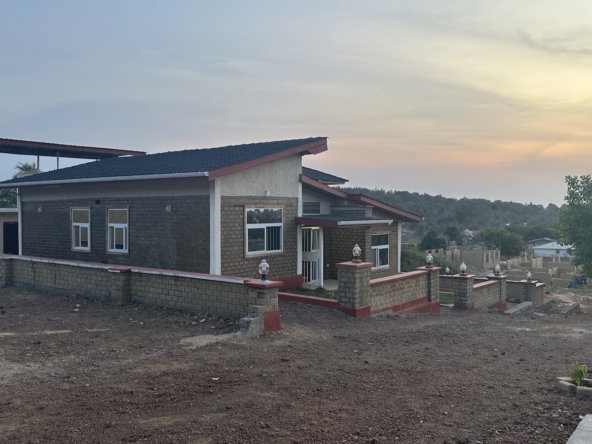Adobe (mud block) is a building material made from earth and organic materials. Dirty block is the name we call it in Sierra Leone. In my village and the surrounding villages, 95% or more of the houses are built using Adobe blocks. Adobe is among the earliest building materials, and is used throughout the world. In dry climates, adobe structures are extremely durable, and account for some of the oldest existing buildings in the world. Adobe buildings offer significant advantages due to their greater thermal mass. The largest structure ever made from adobe is the Arg-é Bam built by the Achaemenid Empire. Other large adobe structures are the Huaca del Sol in Peru, with 100 million signed bricks and the ciudellas of Chan Chan and Tambo Colorado, both in Peru.
A typical Hydraform block is manufactured using a mixture comprising of soil & cement which is compressed by means of hydraulic pressure. The preferred soil type is classified as a sandy – loam soil. Block strength and quality is affected by cement type, cement content and curing duration (7 days minimum, 14 days recommended). Guidelines are based on fresh 42.5N OPC cement at 28 days. Other factors can influence block strength. 1MPa (Mega Pascal) = 10kg/cm2 = 1000kPa = 145 psi. The average strength of the Hydraform blocks produced by TpESTATE is 7MPa.
If houses built using adobe blocks can last for hundreds of years, houses built with Hydraform can last for 3x that is adobe. This is why The Eco-Living Oasis at Kent, Sierra Leone we are exclusively using Hydraform blocks instead of the conventional sand and cement blocks. We also save up to 30% in total construction cost because we use less cement, iron rods, sand and form work.









